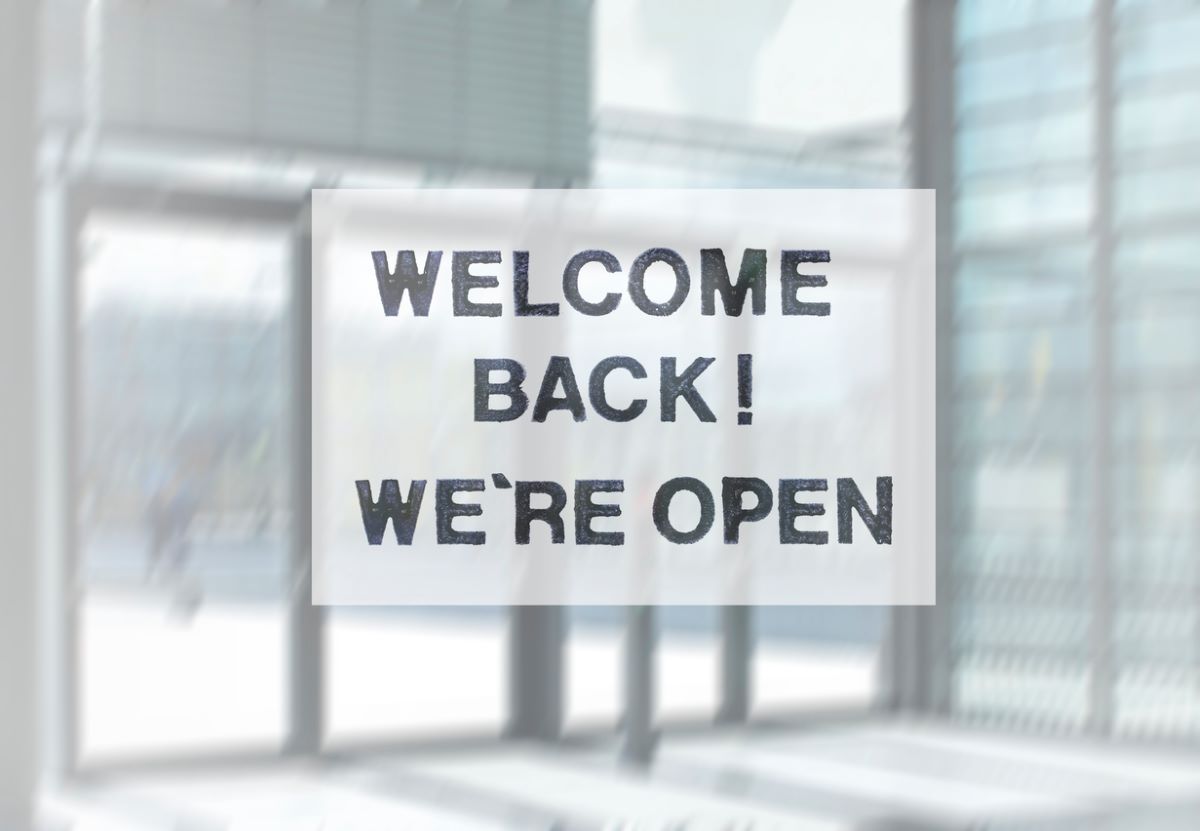The widely diverging flashpoints of the return-to-work summer
Returning to the workplace is more complicated than the move to remote was last year. Just consider the feedback from the market. It’s all over the map.

The number-one hottest workplace-related topic in the summer of 2021 is the return to the workplace. It’s happening, sometimes in fits and starts, all across the country—and likely will be for the rest of the year. With that in mind, we curated three perspectives on the topic.
1. Most U.S. employers continue to encourage workers to get the COVID-19 vaccine, but 72% of them will not require vaccinations as a condition of coming back to the workplace. However, a significant majority of respondents in a new Willis Towers Watson survey say they’re taking steps to ensure workplace safety.
For example, more than eight in 10 survey respondents (86%) are offering scheduling flexibility, and 82% are communicating the value of vaccination. Also, 40% have launched programs to boost vaccination among populations less likely to get vaccinated, and another 21% are considering doing so.
Among the survey’s additional findings:
- Six in 10 employers (62%) are providing or considering providing pay for time spent getting vaccinated.
- Nearly 60% are performing or considering onsite or near-site vaccine administration for employees.
- More than half of employers (58%) are offering or considering offering additional leave for any employee who has negative reactions from the vaccine.
- A majority of employers are requiring both vaccinated (52%) and unvaccinated (69%) employees to wear masks indoors.
- Among employers requiring or considering requiring vaccination, more than half (56%) will require documented proof of vaccination.
2. The next six months will see something close to a universal move back to offices and workplaces everywhere for those organizations that elect to make the move. It’s timely, then, for a new look at this trend. A recent on-demand Ragan webinar, produced in partnership with Virgin Pulse, comes at the topic from the perspective of both the employer and employee, seeking to bridge the gap between business needs and the uncertainty workers feel. The truth—and this is borne out in survey after survey—is that while workplaces are opening back up, not all employees want to return.
They fear contracting the COVID-19 at work. They fear losing the flexibility they gained while working from home. They worry about having to openly deal with new mental health concerns. They don’t want to commute again. In short, many workers just don’t want to go back to the pre-pandemic ways. “People are anxious,” noted Dr. David Batman, a member of the Virgin Pulse Science Advisory Board. “I’ve never seen such a high level of anxiety. In reality, mental health is on the agenda.”
Despite the anxiety, Batman says, there’s cause for hope. People are talking about mental health at work—or starting to. “There are a lot of positives,” he says. “The stigma is going down. All in all, it is a pandemic and it is a problem—but the fact that we’re having this webinar, that’s a positive.”
As for the return to the workplace, Batman says, there are three keys. One is to keep the messaging simple. Another is to treat people as individuals. A third is to communicate consistently. “Keep it simple, do it well, and do it long term,” Batman says. “Mental and physical health needs to be on the business agenda from the c-suite on down. Keep processes simple and understandable.”
3. We may be on the brink of a dramatic workplace showdown. On one side, you have bosses, bigwigs, company execs and (micro)managers who are eager to get everyone back into the office ASAP. On the other side are workers—many of whom have come to depend on the freedom and flexibility afforded by remote work and would sooner quit than return to the daily grind.
Is there a compromise to be struck, or will companies simply choose to replace those who are unwilling to get back to office life?
A survey from Digital.com, an independent review website for small business online tools, products and services, reveals how American companies plan to proceed in a post-pandemic workplace. The survey garnered responses from 1,500 small business owners, who shared about their remote work experience during the pandemic and plans for resuming in-person work.
The research surfaced some startling takeaways—not least of which is that 4 in 10 employers plan to fire workers who won’t return to the workplace full-time in the coming months. Almost half of the survey respondents said most job functions at their company require in-person attendance, and 45% expressed concerns about a sharp dip in employee productivity while working remotely.




